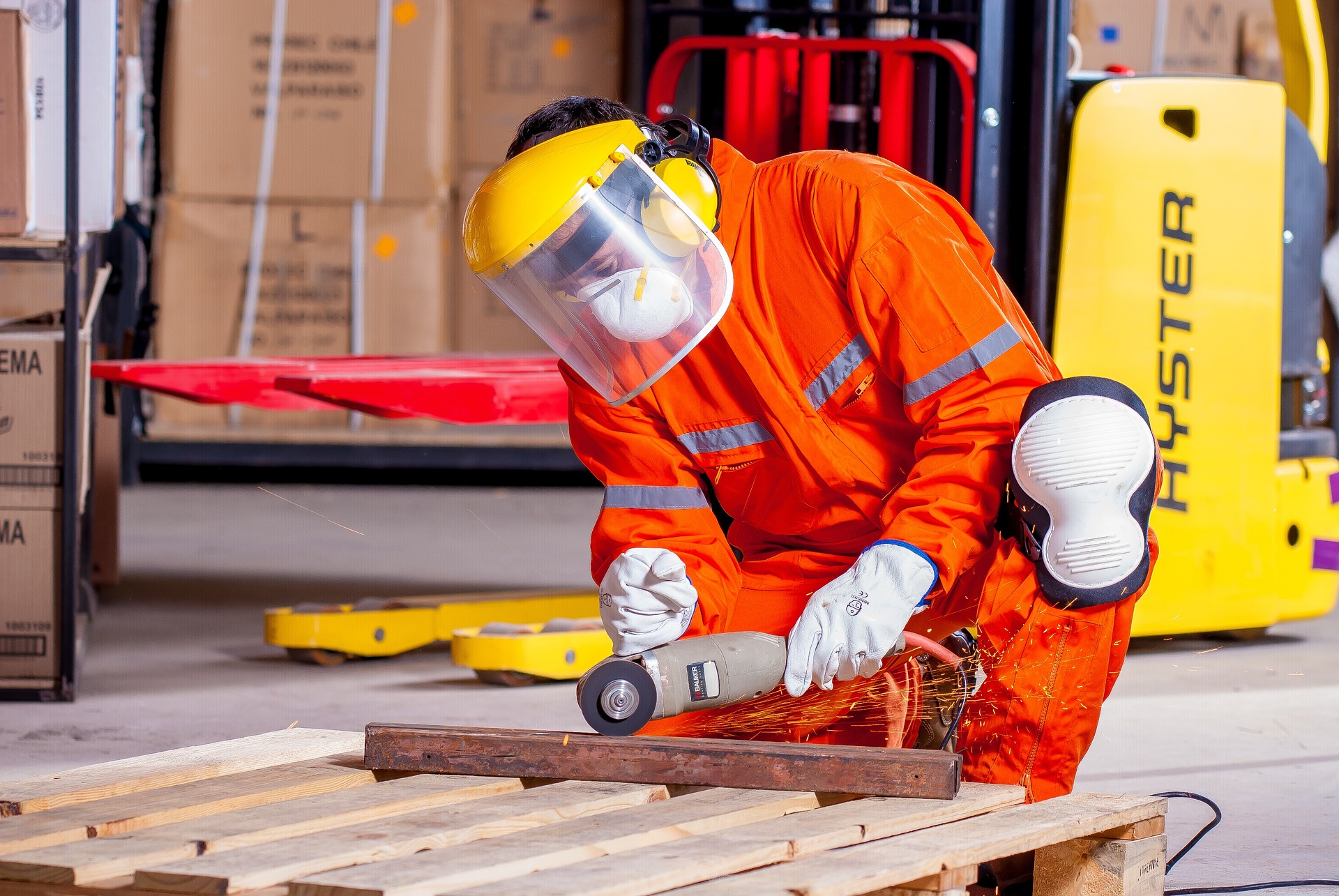Achieving health and safety excellence is crucial for businesses and individuals alike. The importance of maintaining a safe and healthy environment cannot be overstated, as it helps prevent injuries and illnesses, reduces the risk of legal liability, and enhances productivity and efficiency.
Whether you are a business owner or an individual looking to improve your safety practices, there are several key steps you can take to achieve health and safety excellence. In this article, we will outline some of the most important factors to consider.
- Develop a safety culture: Safety should be a core value of any organization, and this starts with developing a safety culture. This means that everyone in the organization, from management to frontline workers, is committed to safety and actively works to identify and mitigate potential hazards. A safety culture is built through ongoing communication, training, and reinforcement of safe practices.
- Conduct risk assessments: Risk assessments help identify potential hazards and evaluate the likelihood and severity of associated risks. By conducting risk assessments, businesses can proactively identify and address safety concerns, which helps prevent accidents and injuries. Regular risk assessments are essential to maintaining a safe and healthy workplace.
- Implement safety policies and procedures: Once potential hazards have been identified, it is important to implement policies and procedures to address them. This may include developing safety guidelines, providing personal protective equipment (PPE), creating emergency response plans, and establishing clear communication protocols.
- Provide safety training: Safety training is critical for ensuring that all employees understand the risks associated with their jobs and are equipped with the knowledge and skills to work safely. This training should be ongoing and should cover a range of topics, including hazard identification, PPE use, emergency response, and safe work practices.
- Monitor and evaluate safety performance: Regular monitoring and evaluation of safety performance help ensure that safety policies and procedures are being followed, and that any necessary adjustments are made to address new or emerging hazards. This can be done through regular safety audits, incident reporting and investigation, and ongoing communication with employees.
- Continuously improve safety practices: Achieving health and safety excellence requires ongoing effort and commitment. This means continuously reviewing and improving safety practices, incorporating feedback from employees, and staying up-to-date on industry best practices.
In conclusion, achieving health and safety excellence requires a commitment to developing a safety culture, conducting risk assessments, implementing safety policies and procedures, providing safety training, monitoring and evaluating safety performance, and continuously improving safety practices. By following these key steps, businesses and individuals can create a safe and healthy environment that supports productivity, efficiency, and overall well-being.
